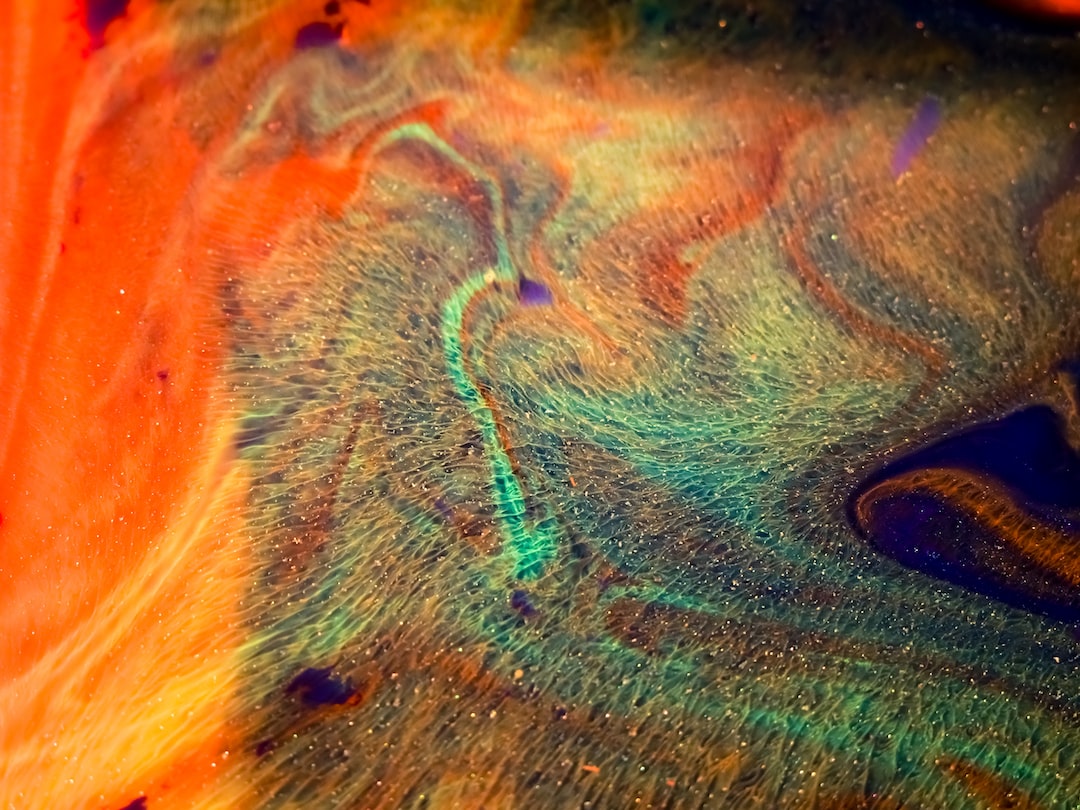Examining the Relationship Between Music and Visual Art
Art is a universal language that has the power to evoke emotions, tell stories, and communicate ideas. Whether it be visual art, music, or any other form of creative expression, art has the ability to transcend boundaries and create connections. In this blog post, we will explore the fascinating relationship between two forms of art that often intersect – music and visual art.
Throughout history, artists have been inspired by music and musicians have been influenced by visual art. There is a symbiotic relationship between these two art forms, as they both seek to stimulate our senses and provoke an emotional response. It is often said that music is the language of the soul, and visual art is the expression of the mind. When these two forces merge, it creates a powerful and multi-dimensional artistic experience.
One remarkable example of this symbiotic relationship can be seen in the works of renowned artist Wassily Kandinsky. Kandinsky was a pioneer of abstract art in the early 20th century. He believed that music and visual art were deeply interconnected, and he sought to create paintings that could evoke the same emotional response as music. Kandinsky often compared the elements of painting, such as color and form, to musical concepts such as harmony and rhythm. His paintings were characterized by vibrant colors, bold brushstrokes, and dynamic compositions, which alluded to the musical qualities he sought to capture.
Similarly, many musicians have found inspiration in visual art. The album covers of iconic bands such as Pink Floyd and The Beatles are testaments to the influence of visual art in music. These covers often feature intricate illustrations, surreal imagery, and thought-provoking symbolism, which enhance the overall musical experience for the listener. Additionally, music videos have become an essential part of contemporary music, providing artists with the opportunity to combine music with visual storytelling. These videos often feature stunning visuals, imaginative set designs, and skilled cinematography, which add another layer of artistic interpretation to the music.
Music and visual art also have the power to enhance each other when experienced simultaneously. The concept of synesthesia, where one sensory experience triggers another unrelated sensory experience, is often explored in artistic collaborations. For example, multimedia performances that combine live music with visual projections or art installations can create a truly immersive experience for the audience. These performances blur the lines between music and visual art, creating a mesmerizing and multi-sensory experience that transcends traditional artistic boundaries.
Furthermore, both music and visual art have the ability to capture the essence of a particular culture or period in history. Artists often draw inspiration from the music of their time or seek to depict the spirit of a specific musical genre through their visual creations. For example, the vibrant colors and energetic compositions of 1970s pop art mirrored the bold and catchy melodies of disco music. Similarly, classical music often evokes images of grandeur, elegance, and beauty, which are then portrayed in the intricate details and refined techniques of classical visual art.
In conclusion, the relationship between music and visual art is a complex and multi-faceted one that intertwines creativity, emotion, and expression. Artists have long been inspired by both forms, and they continue to explore the intersections between music and visual art in fascinating ways. Whether it be through the works of artists like Kandinsky or the collaborative efforts of musicians and visual artists, the bond between music and visual art remains a powerful force that enriches our artistic experiences and connects us on a deeper level.

